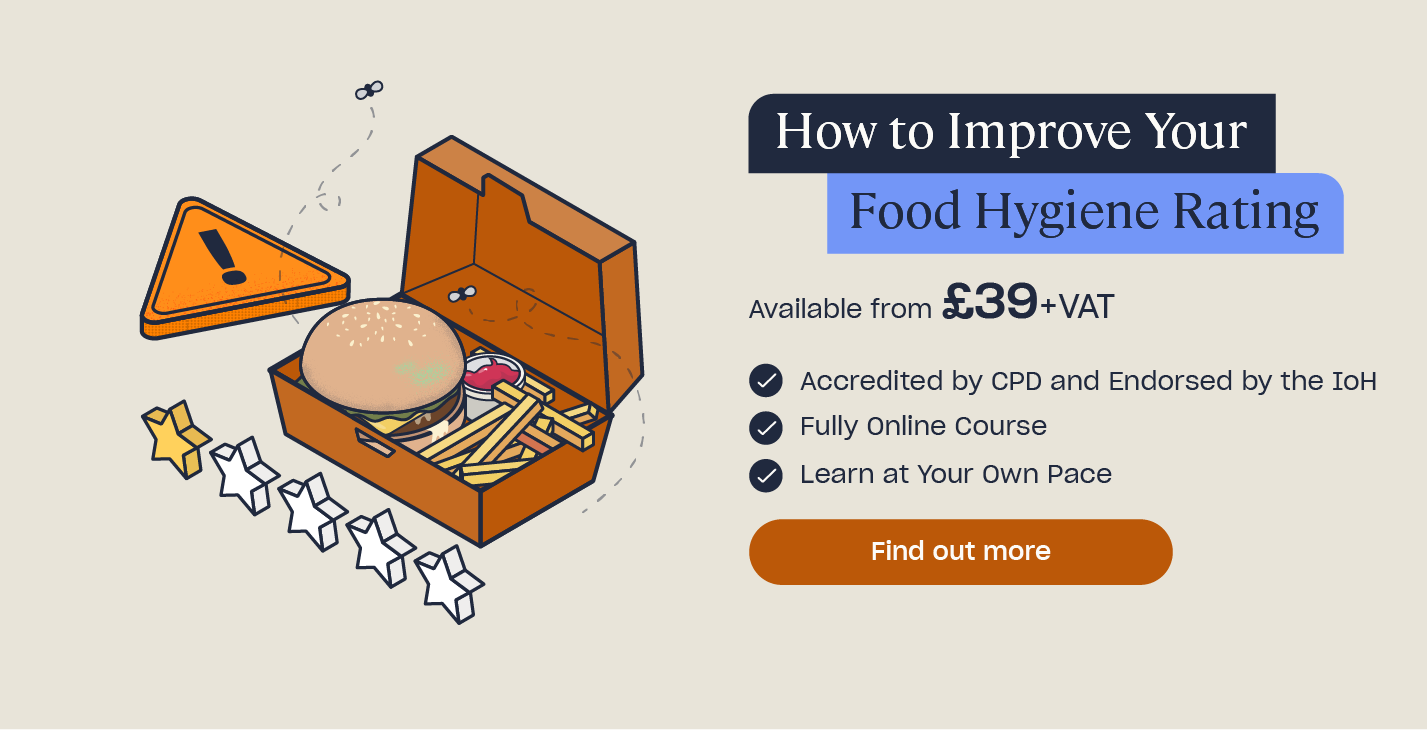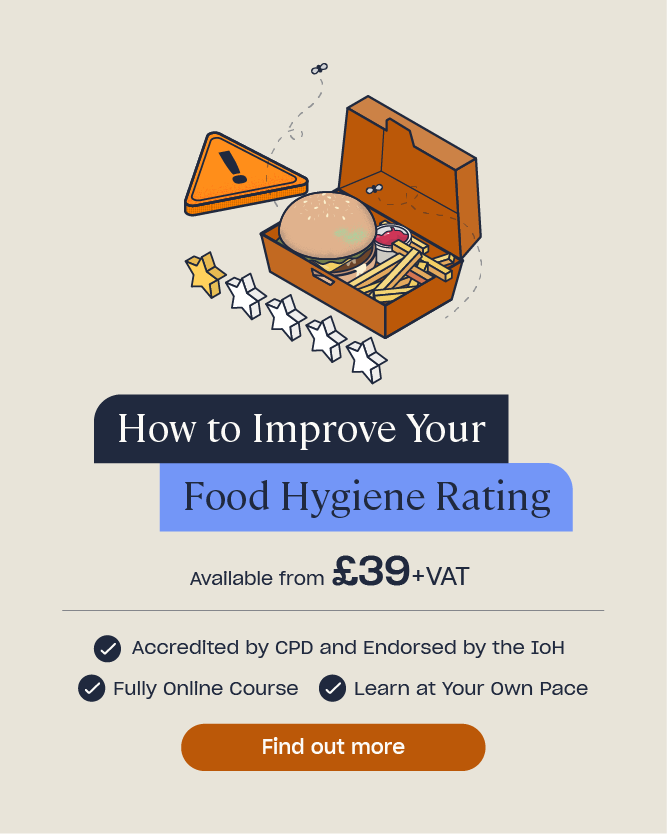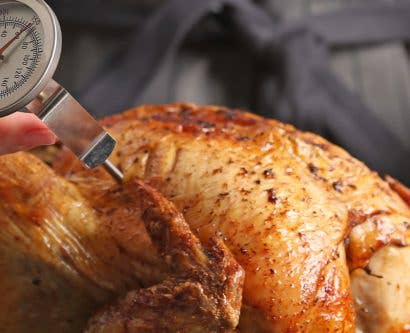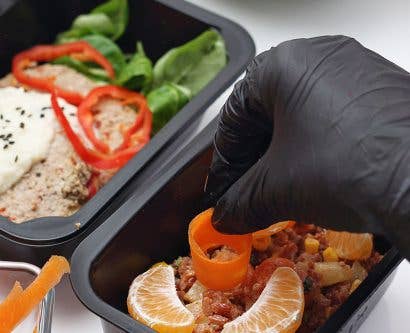10 Mistakes to Avoid During a Food Hygiene Inspection
Food hygiene inspections are part and parcel of running a food business. Conducted by Environmental Health Officers (EHOs) from your local authority, food hygiene inspections are a means to assess whether you are trading safely and legally. Food safety regulations are vital to keeping the public safe and during an inspection an EHO will be looking for proof that you understand your responsibilities and that you are complying with food safety laws.
In this article we will outline 10 common mistakes that you should avoid during your food hygiene inspection to make your EHO happy and attain a level 5 rating.
Common Mistakes to Avoid
Food hygiene inspections are often unannounced so you must ensure that you are always inspection ready. This means maintaining high standards of food hygiene at all times. That being said, your actions during an inspection are very important and can negatively impact your score if you are not prepared.
To help you feel more confident about what you should and shouldn’t do during an inspection, we have compiled a list of 10 common mistakes that you should avoid.
- Improper documentation
It is a legal requirement for all food businesses to have a HACCP based food safety management system. It’s highly likely that an EHO will want to see evidence of this during an inspection, as well as documented evidence of your other safety practices such as risk assessments, opening and closing checks and other documents pertaining to food safety. Not having these to hand will negatively impact your rating as an EHO needs to see proof that you are trading safely. You may have purchased or developed the best food safety management system possible for your business, but it’s redundant if it’s not on site and ready to show. It also heavily suggests that you aren’t actually adhering to any of the safety measures that you claim to, since you have nothing to refer to on site should something go wrong.
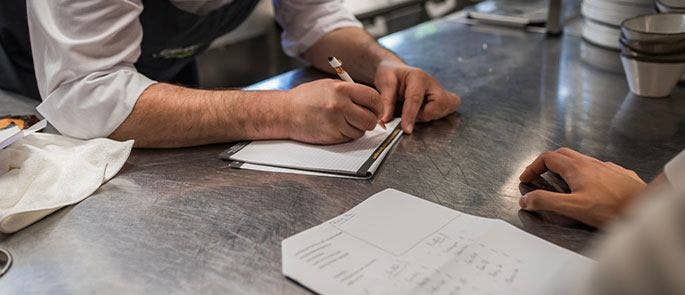
It’s also vital that your documentation matches your real world day-to-day practices. That is to say, if you downloaded a risk assessment template regarding the safe preparation of raw fish for sushi, but you don’t serve raw fish, an EHO is likely to reach the conclusion that you have not even read through the risk assessment. This renders any safety measures it suggests redundant and casts doubt on the efficacy of your other safety practices.
- Inability to demonstrate food hygiene knowledge
During an inspection an EHO will assess your business in three different categories. One of these categories is Confidence in Management and it pertains to the training and systems that you have in place to ensure that good hygiene is maintained. If your staff are unable to demonstrate even the most basic understanding of food hygiene, this will negatively impact your score in this category.
It’s everyone’s responsibility to keep food safe and if staff are unable to demonstrate food hygiene knowledge it casts considerable doubt on their ability to do so. You may think that your wait staff don’t need to know about food hygiene since they aren’t the ones preparing food, however, an EHO can talk to any member of staff they choose. If your wait staff have no awareness of food safety it suggests inadequate training processes and a general lack of the food hygiene knowledge that keeps food and the public safe.
- Inconsistent cleaning practices
During an inspection an EHO will make observations on how your staff maintain good hygiene practices. This means that if they see poor cleaning practices such as someone not switching or cleaning a chopping board after preparing raw meat, this will negatively impact your score. This can be further exacerbated by documented processes not matching up with real world practices. For example, if you have documented cleaning processes in place but your EHO sees no evidence of cleaning when they visit, it suggests that you have inconsistent practices which are therefore ineffective at keeping food safe.
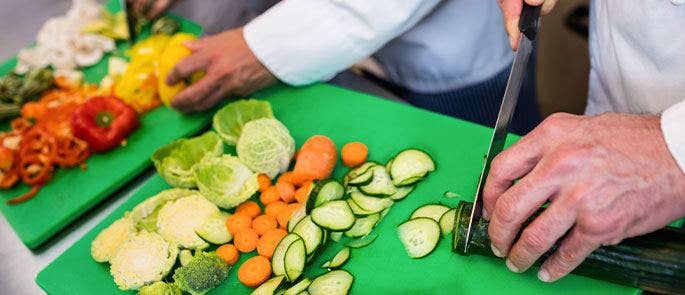
Food hygiene inspections can vary in length, however you are effectively being inspected and assessed from the moment an EHO enters your premises to the moment they leave. If they don’t see effective cleaning practices during that time but your documentation indicates that rigorous cleaning practices are in place, it casts doubt on the efficacy of your processes.
- Gaps in pest control
A food business must take adequate steps to prevent pests. If an EHO sees evidence of a pest infestation along with inadequate steps in place to deal with the pests, this will negatively impact your score. Poor pest control practices can include open-top bins, rubbish being left to pile up in the kitchen or food being left out for too long thereby attracting pests.
Effective pest control is vital to keeping your premises pest free and preventing them from spreading harmful bacteria. You must ensure that you are carrying out regular checks for signs of pests and maintaining good hygiene practices such as regularly cleaning surfaces or hiring a pest controller.
- Poor cross-contamination control
The management of allergens is incredibly important. This has been reflected in the introduction of legislation such as Natasha’s Law and Owen’s Law in the wake of the tragic and avoidable deaths of Owen Carey and Natasha Ednan-Laperous. Poor cross-contamination control increases the risk of allergens unknowingly being introduced to food thereby putting the public at risk.
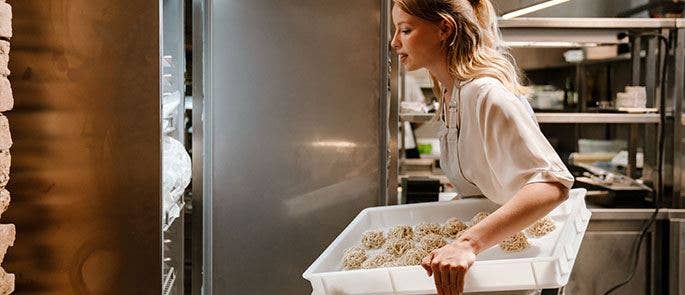
A business must take reasonable steps to avoid cross contamination such as storing allergens separately from other ingredients, ensuring all food is clearly labelled with information on any allergens and having rigorous cleaning practices to ensure utensils are clean and allergen free before being used to make another dish. A visiting EHO will expect to see proof that you are managing allergens and the processes you have in place to avoid cross-contamination.
- Overreliance on management
An EHO can speak to any member of staff. Many food businesses make the mistake of only giving adequate training and preparation to senior members of staff, especially if they hire a lot of temporary staff during busy periods such as summer or Christmas. However, only having a few people in your business adequately trained can have a negative impact on both your score and your hygiene practices.
It’s important that all staff understand their responsibility to keep food safe and have the necessary knowledge and training to do so. If they do not, they are likely to continue practices that are unhygienic, undermining the processes that you have in place to keep food safe. Moreover, it’s unlikely to inspire Confidence in Management to your EHO if a member of staff cannot answer the most basic questions pertaining to food safety or if you insist that they should only talk to set members of staff.
- Inadequate facilities
Another area of assessment during your inspection is Structural Requirements. This pertains to the physical condition of your business, the facilities on site and their suitability to help keep food safe. For example, if you do not have a handwashing sink that is solely for washing hands, an EHO is likely to question if your staff wash their hands at all.
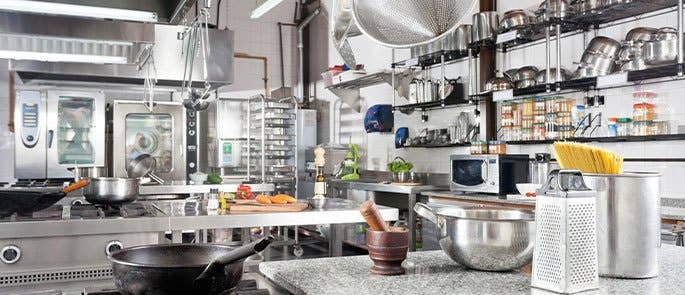
Food handlers must regularly wash their hands and this should be a set expectation for all staff at your establishment. If you do not have the adequate facilities to ensure this, it quickly undermines any good hygiene practices that you have in place.
- No evidence of training
It’s a legal requirement to provide all staff with training that is relevant to their position. This training doesn’t necessarily need to be from an external provider, however it’s important that you can clearly evidence that this training has occurred via accurate training records. If you choose to adopt a more informal training schedule by which new staff are taken on a walk through around the kitchen and told what they should and shouldn’t do, it’s hard to prove after the fact what they learnt or that they in fact learnt anything at all.
An EHO is looking for proof that your staff have the relevant food hygiene knowledge and awareness to serve the public safely. Providing training certificates from reputable training providers such as High Speed Training, is a clear indicator that your staff have received high calibre training. It’s vital that any certificates you have are up-to-date and have the correct information on as providing training certificates that have expired or bare the name of staff that no longer work for you is redundant.
Want to Learn More?
High Speed Training has a font of food hygiene training courses that will provide your staff with the necessary knowledge to trade safely and legally.
- Poor personal hygiene practices
Personal hygiene underpins all good hygiene practices and can easily render them ineffective if high standards of personal hygiene are not being maintained. As such, it’s vital that staff tie back long hair, avoid wearing anything that could cause physical or chemical contamination such as nail polish, rings or perfume and regularly wash their hands.
Good hygiene practices aren’t just the processes that you have written down, they also include the day-to-day real life activities of your staff. Whilst an EHO may be impressed by your rigorous cleaning schedule or the regularity of your pest control review, this can be quickly undermined if a staff member walks back in from a cigarette break, doesn’t wash their hands or tie up their hair and then proceeds to start making pizza dough for the lunch rush. You can reiterate the importance of personal hygiene by placing posters in visible areas that remind staff of the expectations regarding their personal hygiene.
- Hostility towards the EHO
It’s important to remember that EHOs are just doing their job. They shouldn’t be subjected to abuse of any kind or unwarranted hostility simply because you think they are an inconvenience. It’s their job to keep the public safe and they wish to see you trade safely and legally just as much as you do.
Remember, they aren’t trying to ‘catch you out’ and hostility towards your EHO is not only inappropriate, it will negatively impact your score. Arguing with your EHO about unsafe or non-compliant practices that they have spotted will not get them to change their mind and will indicate that you do not recognise or accept the need for food safety hygiene and controls; an attitude that will result in a high intervention score in the Confidence in Management category.

It’s also important that you listen to any advice or guidance that your EHO offers. At the end of your inspection if you did not receive a 5, you will receive a report detailing what you need to do to improve standards. This report will be specific to you and your business and is effectively a checklist of everything you need to improve to gain a higher rating. As such, take their feedback and guidance onboard, implement the changes and your next inspection will be more successful. Don’t argue against every point in the hopes that you can brow beat them into changing their mind.
EHOs are by no means infallible and there are safeguards in place if you feel your inspection was unfair or an inaccurate representation of your practices. However, regardless of whether you agree or not, you should always remain professional and respectful towards your EHO.
A food hygiene inspection can be an understandably nerve-racking experience. However, if you are maintaining high standards of good food hygiene then you should have nothing to worry about. In an ideal world, the day of your inspection should be no different from any other trading day as your daily practices will be adequate enough to ensure food safety. Trust in the high standards that you have established and avoid making the mistakes listed above and you should have a successful inspection every time.
Further Resources:
- The Food Hygiene Rating Scheme Explained: Answering your FAQs
- How to Prepare for an EHO Inspection: Free Checklist
- Food Hygiene Courses


